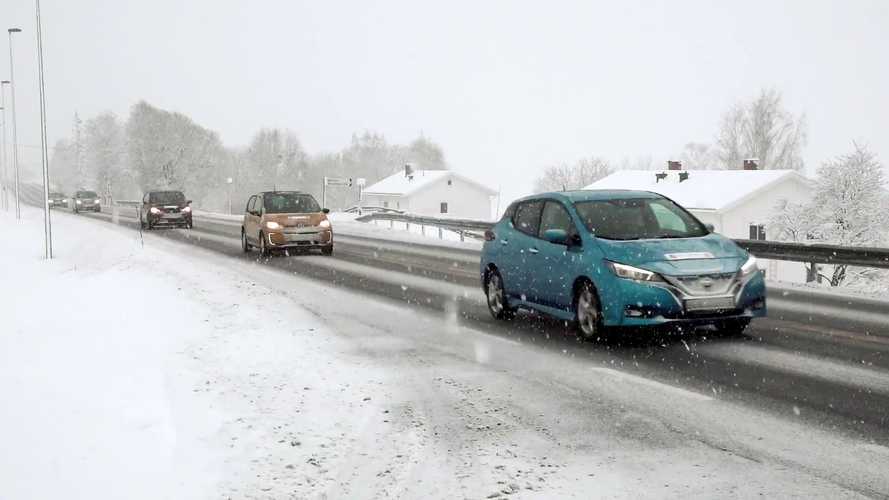New Test Reveals Electric Cars Are Practically Unusable In Winter – Electric cars are becoming increasingly popular, but a new test has revealed that they may not be as practical as some people think in winter conditions. The test, conducted by the German magazine Auto Bild, found that the range of electric cars can be reduced by as much as 30% in cold weather.
How cold weather affects electric cars
There are a few reasons why electric cars lose range in cold weather. First, the battery itself becomes less efficient at storing and releasing energy when it is cold. This is because the chemical reactions that take place inside the battery are slowed down. Second, the car’s heater and other electrical systems require more power to operate in cold weather. This is because the car’s heater needs to work harder to keep the interior warm, and other electrical systems, such as the windshield wipers and defroster, also require more power to operate in cold weather. Third, the car’s tires may have less traction in snow and ice, which can lead to more energy being used.
The Auto Bild test
The Auto Bild test involved driving a dozen electric cars on a 100-kilometer (62-mile) route in temperatures ranging from -10 degrees Celsius (14 degrees Fahrenheit) to 0 degrees Celsius (32 degrees Fahrenheit). The results showed that the range of the cars was significantly reduced in cold weather.
For example, the Tesla Model 3, which has an EPA-estimated range of 358 miles, had a range of just 237 miles in -10 degrees Celsius weather. The Audi e-tron, which has an EPA-estimated range of 222 miles, had a range of just 154 miles in the same conditions.
What does this mean for drivers in cold climates?
The results of the Auto Bild test suggest that electric cars may not be as practical as some people think in winter conditions. Drivers in cold climates should be aware that they may need to plan their trips more carefully and make sure they have enough range to reach their destination.
For example, a driver who normally drives 100 miles to work may only be able to drive 70 miles in cold weather. This means that the driver would need to charge their car more often or find a way to reduce the distance they drive.
Additional information
In addition to the range limitations, electric cars may also be less efficient in cold weather. This is because the car’s heater and other electrical systems require more power to operate. Drivers in cold climates may notice that their electric car’s battery drains more quickly than it does in warm weather.
Tips for driving electric cars in cold weather
There are a few things that drivers can do to improve the range and efficiency of their electric cars in cold weather. These include:
- Preheating the car before driving. This will help to warm up the battery and the cabin, which will reduce the amount of energy that the car needs to use.
- Driving at a steady speed. Accelerating and braking quickly can use more energy.
- Avoiding using the heater and other electrical systems unless necessary. If you don’t need to use the heater, turn it off.
- Keeping the tires properly inflated. This will help to improve traction and reduce rolling resistance.
By following these tips, drivers can help to extend the range and efficiency of their electric cars in cold weather.
Conclusion
Electric cars are a great option for drivers in warm climates, but they may not be the best choice for drivers in cold climates. Drivers in cold climates should do their research before buying an electric car to make sure they are aware of the potential range limitations.
